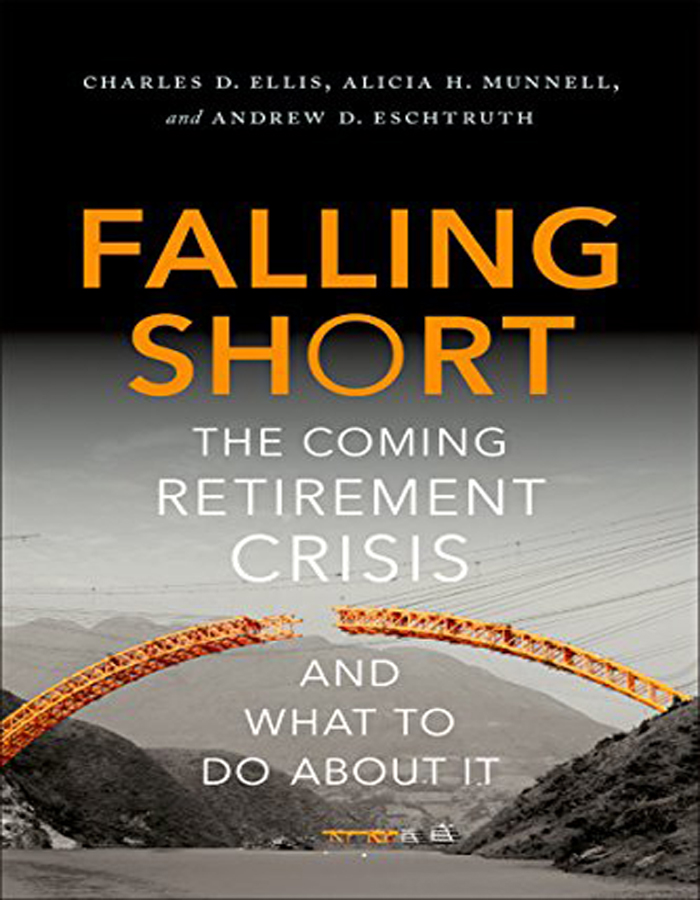Unbelievable: ERISA’s Broken Promise
By Peter J. Wiedenbeck A central but generally neglected objective of federal regulation of pension and welfare benefit plans was to provide workers with accessible and reliable information on which to base their career and financial planning, thereby improving overall economic efficiency. But few workers are equipped with the skills needed to evaluate the costs and benefits of complex retirement saving or health care programs. For that reason ERISA, the Employee Retirement Income Security Act of 1974, requires disclosure...



